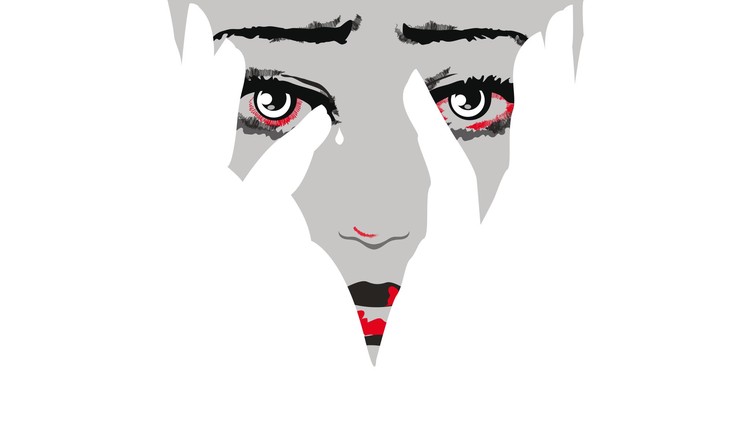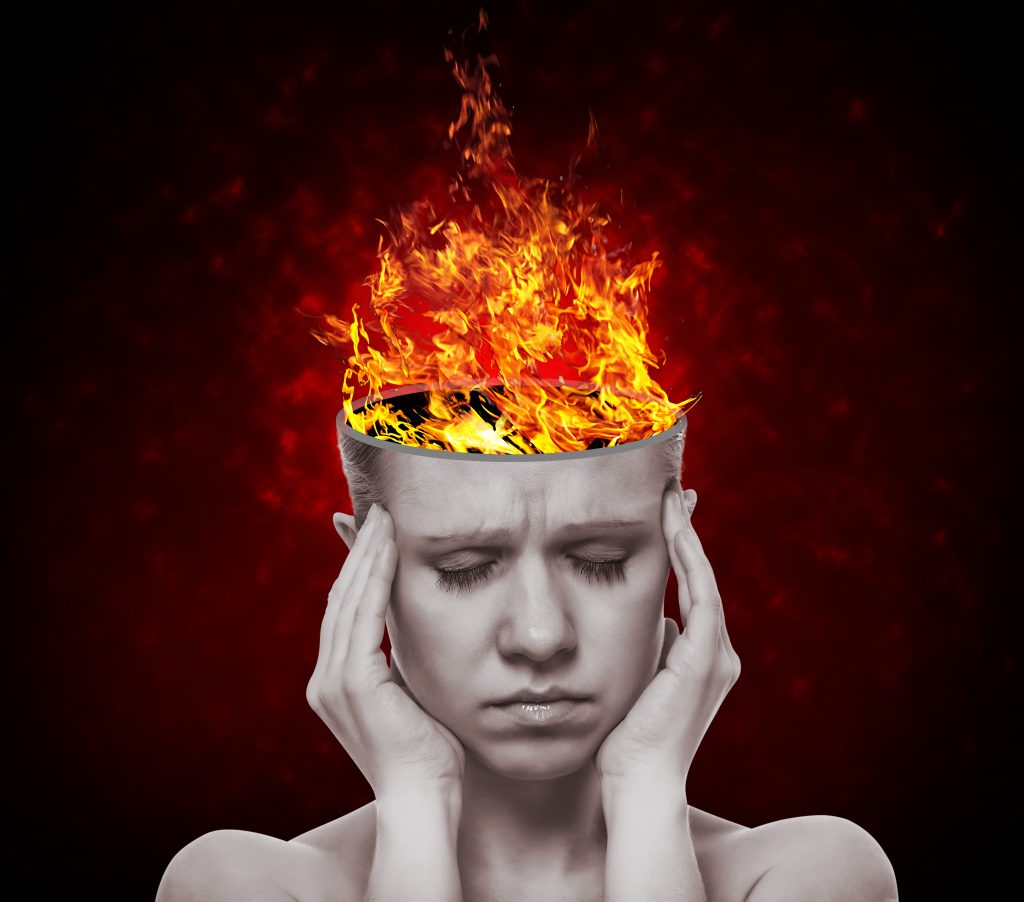We are learning more about what people labeled with mental disorders like “schizophrenia” have in common with people who are creative and successful.
One of the most basic differences between the average “normal” person and the average person diagnosed with “schizophrenia” has been found to be a difference in “latent inhibition,” which can generally be described as the capacity to ignore things that seem to be irrelevant. But now, it has been found that students who had been rated as “eminent creative achievers” were SEVEN TIMES more likely to “suffer” from having low “latent inhibition.” See “Are Distractible People More Creative?” What could be going on?
Another article, “The Essential Psychopathology of Creativity” goes into more detail into the common factors in disorder and creativity, and also what distinguishes those more lost in disorder from those more likely to succeed with something creative. A key factor is what psychologists call “executive control” which involves an ability to sort through all the chaos of the creative mind, and make some sense out of the madness.
Of course, if our mental health system ever took seriously the link between disorder and creativity, they would be seeking to teach apparently “disordered” people more executive control, so they would be able to sort out for themselves what was of value in the disorder and what was trouble. This would highly contrast with most current methods of treatment, which just try to suppress the mental activity and make it “normal.”
Lots more data is coming out all the time on how disorders like “psychosis” and “schizophrenia” are more common after people have been traumatized and had experiences of “social defeat.” When people are feeling that nothing normal is working for them, they are more likely to engage in “divergent thinking” which is the part of creativity that leads to having a more chaotic mind. To be successful with creativity however, it is also necessary to learn “convergent thinking” or using executive control to weed through the chaos that results from divergent thinking, to come up with ideas, solutions, visions etc. that might work. This sort of thinking sees value in the chaos, but a value that has to be extracted with hard work.
Just as “mad people” have to learn to wrestle with the chaos in their own mind to find what is of value in it, I think we as a society have to learn to look for the value that can be found in relating to “mad people” rather than attempting to suppress their experience.




It is wonderful to see such a positive perspective put on the most dismal of diagnoses. I really respect what you are doing.
This makes total sense to me. My son’s both are out side the box type thinkers. Isaac has been known to play a tune on a keyboard having just heard it and no training at all–ever. There is not any doubt in my mind that the way both of my sons process information and have high IQs has played a role in how they have coped with all of their experiences; that the ability to be able to “see” trauma, and all of life, in such a variety of contexts. To have been gifted with the distracted nature that I pretty much attribute to being so smart and having so many ideas and so much awareness: and an unbridled thirst for more knowledge. Reading this caused me to feel a great deal of hope for all of us. Thank you for writing it!
art therapies seem to help personally in gaining control over disorganization
I have experienced {and therefore belief} dat when we activate our subconscious through taking the signals seriously, we are also in contact with our most creative inner being, and we can make change possible. If we encounter in our journey of life experienced significant emotional events or trauma – that are stored in the subconsious- we can choose to bypass them or, and this is the painful way, look them in the face and they can be overcome. It is simple to write but the practice of it is hard work, along there are very effective therapies to help us do this. Creativity and sensitivity go together very well. If an individual stops sensing or is oversensed – due to above mentioned events – then psychosis can occur. It is a reaction to the reality a person lives in.
It’s nice to find a home among people who are creative, often times viewed as psychosis in its early stage by the less creative population who consider themselves normal.
Dammit Ron, when are you going to get around to writing a book??
Mary
Hi Mary, I’m actually a slow writer when it comes to anything more organized, and I’m more focused on some educational efforts than book writing right now – maybe when/if I get an idea that seems to pull my other ideas all together, I will take enough time off work to actually write a whole book!